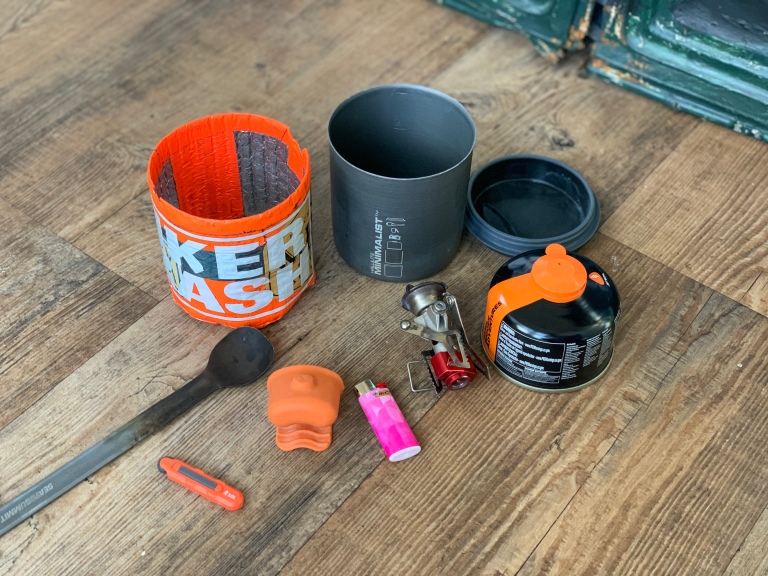
There are a lot of different cooking systems out there, and a lot of different opinions on what is best. People tend to get pretty passionate at times about which system is better. In this post I’ll discuss what we use and why.
Before I decided on my cooking system, I did a lot of research on the subject. I read reviews online, looked at blogs and watched videos on YouTube. Where I found the best information however, was by talking to hikers. I had the privilege of living about an hour from the Pacific Crest Trail at the time, and had a lot of opportunities to ask about gear. By the time the hikers got up to my area, they had 2,300 miles of experience under their belt already!
I saw a mix of different systems- alcohol, stoves, tablets and more. There were several that preferred the “cold-soak” method as well, but that just isn’t for me. I tried it a little on a section hike of the PCT in 2018 and was not a fan. If you are not familiar with cold-soaking, basically it’s soaking your food for a period of time to soften, hydrate or reconstitute it. This is done in lieu of cooking, and tends to save in the way of waste and weight.
There were two stoves (MSR Pocket Rocket and JetBoil) that I saw consistently, but I saw every pot that you could ever think of. After all the research and questions I decided to go with the MSR Pocket Rocket, which I used until the Pocket Rocket 2 came out. I have been using that since, and will probably soon upgrade to the Pocket Rocket 2 Deluxe.
Below I’ll outline the rest of my cooking system in a little more detail. Keep in mind this is just what I use and recommend, and to each their own!
I have included links to the products in Amazon, but we always recommend supporting your local businesses and economy by shopping local.
THE STOVE

MSR Pocket Rocket has been around for a while. It has become a leader in the most-used stove category by long distance hikers for some time. I prefer the PR for a few reasons:
- Fast boil time
- At half power with the pot uncovered I had a boiling time (2 cups) of 4 minutes
- At half power with the pot covered I was boiling in 2 minutes, 50 seconds
- Full power with the pot covered, the two cups of water was boiling in 2 minutes, 30 seconds
- The PR folds away small and is compact, can fit into the pot with everything else
- Weighs in at 2.6oz
- Unlike the jetboil that is basically one unit, I can use a variety of different pots on the PR. This especially becomes handy when you have a few different things you would like to cook or heat around the same time, and also when you are traveling with someone else that may not have a stove.
The PR 2 doesn’t have a piezo ignition, but that doesn’t concern me as those things usually foul and/or break anyway. I carry a lighter for it, and Gotcha carries a spare in case I lose mine. In my toiletries bag I carry a small SOL striker for emergencies, but it can also be used to light the stove if needed. You can buy the striker HERE.

Interested in a cheaper alternative to the Pocket Rocket?
Check out the BSR Ultralight stove here. I’ve heard some decent reviews of, but I have not personally tried it.
THE POT
There are so many options for pots. There are a few questions you need to ask yourself before you buy:
- Will I be by myself for the hike?
- How much water will you typically need for your meals?
- Rice for example, hydrates and expands quite a bit. Will your pot be big enough to hold the meal after it is cooked?
- Do I want to be able to use this in a campfire? If you were to run out of fuel or conserve fuel and heat your food or water in a fire, would the pot be able to handle that type of heat? If so, how do you take it out of the fire once it is in?
- Weight is an issue of course. Is this a practical weight?
After asking myself these questions, I decided on the GSI Minimalist. It is available at Amazon by clicking here.

The minimalist comes with the pot and lid, a silicone grabber, a plastic spork and a cozy. The cozy I found to be thin, a little too tight on the pot, and can melt when a red hot pot is put into it. For the last reason I made my own cozy out of some windshield sunscreen material I have laying around. It works (sometimes too well) at keeping the food hot for a long time. The plastic spork I tossed into my box of extra crap I accumulate.

I used a screw to mark the inside of the pot at the 1, 2 and 3 cup marks. This has become extremely useful when i need to measure something exactly. Some couples bring only one pot between the two of them, but we have decided on each carrying a pot. Typically Gotcha and I will share a meal out of one pot, but there have been times that we end up using both of our pots when we have been a little extra hungry. Having two also comes in useful when we want to have coffee and breakfast at the same time.
Obviously if you make your own meals, you can adjust the amount to fit your pot. If you are using prepackaged meals such as Knorr pasta sides, they tend to fit in the GSI pot without a problem. Just watch for boil-over; it’s easy to do with a small pot and makes quite the mess. The Minimalist works just fine in a fire, but be sure to have a plan for taking it out. The silicone pot grabber that comes with the pot does a good job.
The pot, grabber, lid and cozy weigh together a total of 6.6 ounces.
LET’S TALK SPOONS
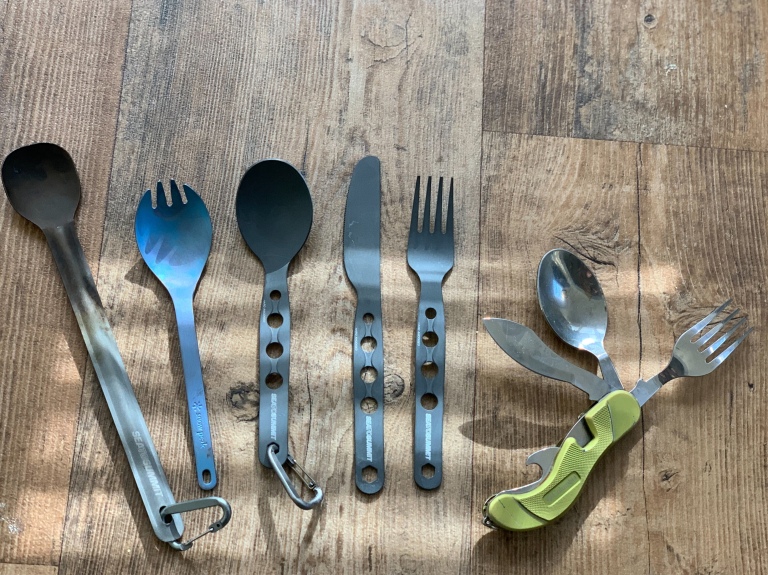
You might disagree with me now, but trust me- you’ll change your mind. Read close: YOU DO NOT NEED A FORK OR A KNIFE (UTENSIL) WHEN YOU’RE HIKING!
You definitely do not need a combination utensil thingamajig. If nothing else, the weight difference should be enough to sway you. The combi thing above weighs 4.6 ounces, whereas the long handled spoon weighs .4 ounces…

In addition, I think that a spork is a pointless contraption. I have never thought “Oh man I need a fork right now.” (I feel like I just wrote that in another post). A spoon will work for everything, don’t worry. It’s important that you use a long handled spoon. Your hands aren’t going to get messy when you are digging in those mountain house bags or in your pot if you have a long handle.
The most common spoon I have seen out there is the Sea to Summit Alpha Lite long handle. You can buy that on amazon Here. I would recommend always having that carabiner clipped to something. The last thing you want to do is lose your spoon!
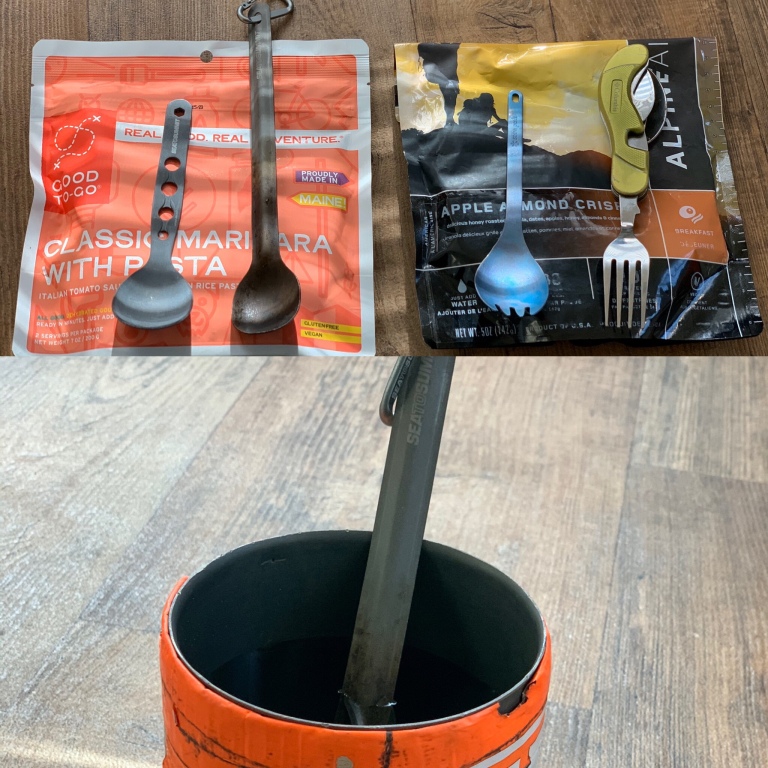
TO SUM IT ALL UP
Okay so we talked about the pot, spoon and everything else. All that is left is fuel. I will tell you that I typically use a 3.5 ounce canister, and it will last me a little over a week. The rest of my fuel magician tips and tricks will have to be left to another post.
The weight of this entire system is 15.6 ounces. That is including everything… lighter, grabber, pot, fuel etc. So just under a pound for everything you need. Not bad right?
It’s up to you to decide what you would like to do, obviously. I definitely recommend you do your research and figure out what would suit you best. Be sure to test it all out with different meals before you hit the trail. The last place you would want to realize your system is not working is when you are a long way from home or another place to buy a new setup. Just like (I would hope) you would not have the trail be the first time you set up your brand new tent, do some experimenting at home first.
Do you have any questions about this setup? Is there another topic you would like to see covered in this site? Let us know!
Follow us on Instagram and Facebook to be kept updated on all of our adventures!
-2hundo
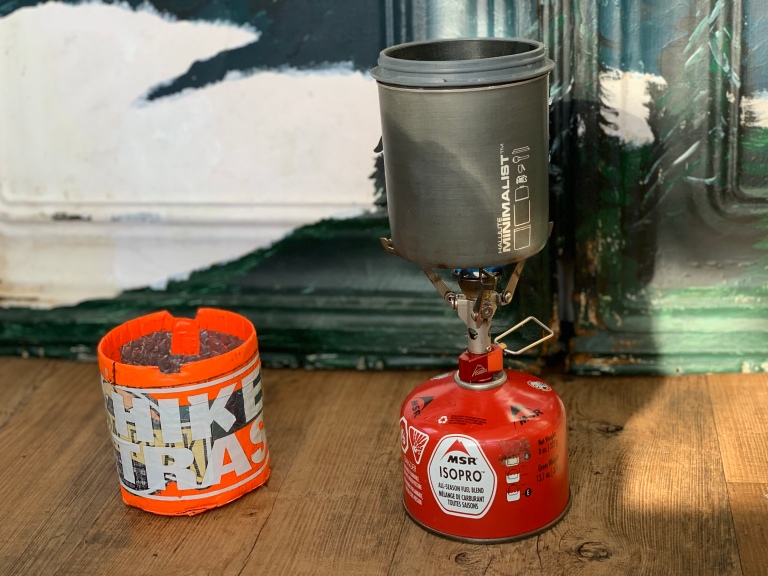
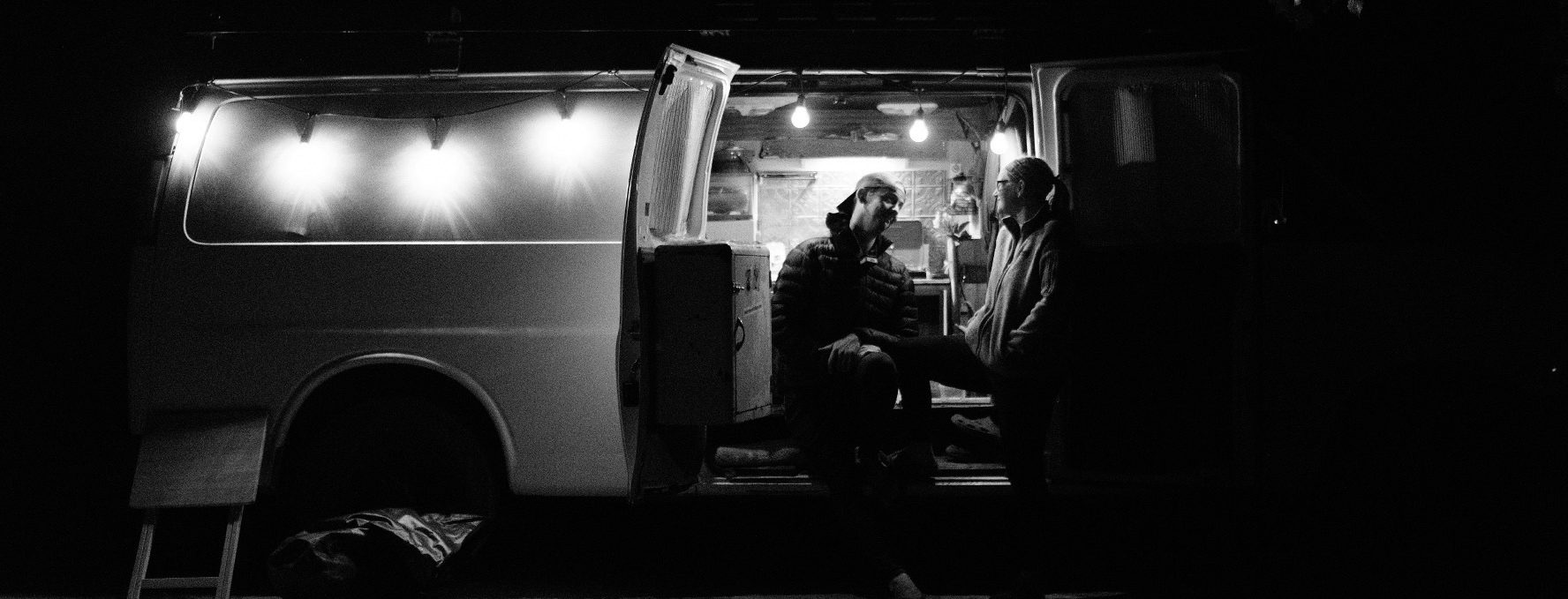

I would like to see an article on sleeping systems, pads, bags etc.
LikeLiked by 1 person